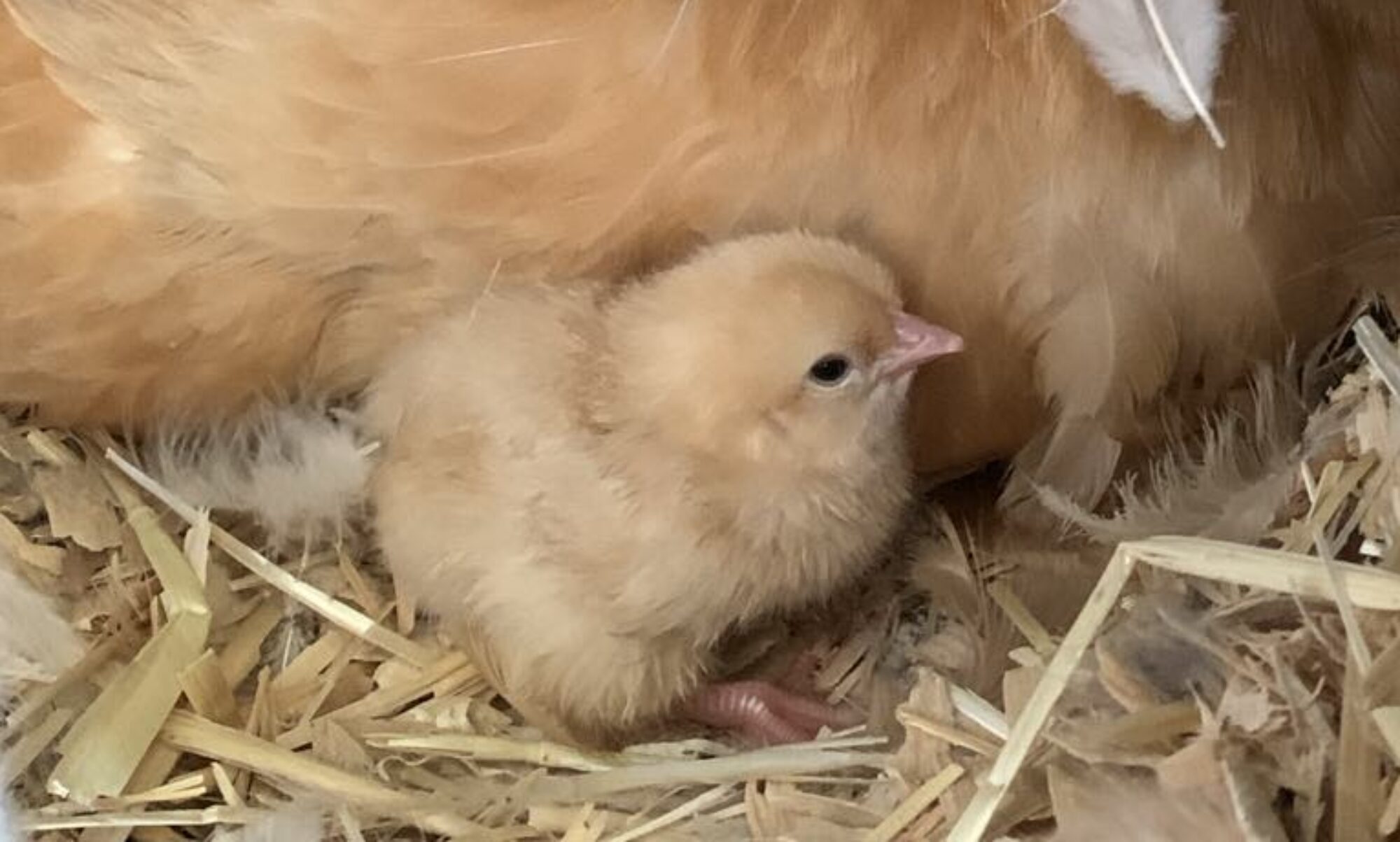With the onset of fall and cooler weather, I know that it is time to give all my animal housing a good clean out and get my animals ready for winter. Last year we had a pretty mild winter, we didn’t get much snow or severe cold, so I’m thinking that Mother Nature might want to make up for it this year. We have experienced some pretty crazy weather across the U.S. just this month, so my animal housecleaning and winter preparation has begun! Sometimes with helpers!

The first thing I do is remove everything from the chicken coop, goat shed or bunny hutch that isn’t nailed down. That makes the job of shoveling out all of the old bedding much easier. I put all that old bedding out in the garden to compost over the winter. My free range chickens think they have found a playground! Nothing is more fun than scratching around in a compost pile! And of course, before anything goes back in to the coop, shed or hutch, it gets cleaned.

After I shovel out all of the old bedding and sweep the best I can, I put down a thin layer of lime. I use Barnlime that I get from Tractor Supply and the good part is that it has no caustic or synthetic additives. I use it in my chicken coop, goat shed and bunny hutch. (You could also use diatomaceous earth.) This will help to kill off bugs, absorb moisture and control odors. I make sure I get plenty in the corners and along the edges and a light dusting over the floor.

Then I pile in the straw. I use straw not only because it absorbs moisture, but also because it is a good insulator for the winter. Straw is different from hay. Hay is either a grass or alfalfa, used as animal feed because it contains nutrients. Straw on the other hand is made from the stalks of grain plants like wheat or oats. The hollow stalks trap air which gives it it’s insulating properties. A nice layer of straw, several inches thick, will help to keep your animals warmer on a cold night. I will continue to add more straw as winter progresses and the nights get colder. When straw gets baled there are often kernels of grain that get baled too. Chickens love to scratch through the straw and discover all those yummy little kernels. This scratching helps to turnover the straw as well, which is a good thing.

When cleaning out nesting boxes, I put a sprinkling of Barnlime in each box to discourage mites and then I put sawdust in the nesting boxes. Sawdust is also absorbent, but doesn’t have the insulating properties that straw does. That’s ok though, because I want my hens to be comfortable when they lay their eggs, but I don’t want them to take up residence in the boxes.

One thing that I have found works well in my chicken yard throughout the year, but especially in the winter, is putting their feeding pans and water dishes up on platforms out in their run. I just use pallets. Their feed pans stay cleaner as they are up out of the dirt, mud and snow. During inclement weather it seems nicer for the chickens to be able to get up out of the snow and the mud to eat. They seem to have fun running and jumping on the platforms as well. This fall a local woodworking business was getting rid of a lot of sawdust, so I used it to cover the dirt in the outside chicken run. That was as much for me as it was the chickens. I am able to walk through the run after a good rain and not slip and slide all over the place!

In the bunny hutches, I find that a layer of sawdust and then adding a layer of straw as it gets colder works well. You might find that your rabbits will eat the straw. It won’t hurt them, but straw does not have a lot of nutritional value and shouldn’t be considered part of their diet.

The goats get a nice cushy layer of straw. I find that my goats get enough other stuff to eat, that they don’t normally eat the straw. With a goat you never say never! They have a few free range chickens that snuggle with them at night. Again, as winter progresses, I will add more straw to help keep them warm.

I think that keeping my animals warm and comfy during the winter is an important part of helping them maintain overall good health. Part of winter preparation includes a hoof trimming and deworming for the goats. Definitely not their favorite! What tips do you have for winterizing your animals? I’d love to hear from you!

